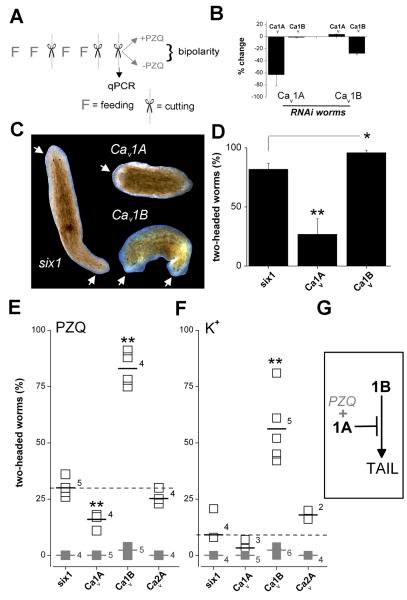Figure 3. RNAi of Cav1 subunits modulates bipolar regeneration.
(A) Protocol for in vivo RNAi. Two cycles of dual feeding (F) and regeneration (scissors) were followed by a regenerative assay in the presence or absence of PZQ. Bipolarity was scored 7 days after the final regeneration. A cohort of trunk fragments was removed prior to drug exposure to assess the effectiveness and specificity of ablation of individual mRNAs at the time of drug addition using qPCR. All RNAi assays followed this protocol (FFxFFxx) with exceptions of APC (FFFFx), Ptc (FFFFxFFFx) and Hh (FFFxFFxx). (B) Assessment of changes in mRNA abundance for Cav1 subunits in worms fed either Cav1A(RNAi) or Cav1B(RNAi) constructs respectively. (C) Images showing bipolar worms (head, arrowed) regenerating in Smed-six-1 and Cav1B, but not Cav1A cohorts . (D) Percentage of two-headed worms in Smed-six-1 (control), Cav1A or Cav1B cohorts following exposure to PZQ (90μM for 24hrs). For clarity only the Smed-six-1 control cohort is shown – similar results were obtained in naïve and Dj-six-1 worms (see text). Asterisks indicate probability of similarity at p<0.05 (*) and p<0.01 (**). (E) Two-headed regenerants in the absence (grey, solid) or presence (black, open) of a lower dose of PZQ (50μM for 24hrs) in six-1 (control), Cav1A or Cav1B worms. Numbers report the number of independent trials, and short horizontal lines indicate the arithmetic mean of these experiments. Dashed line indicates mean value of control (six-1) dataset. (F) Effect of depolarizing conditions. Trunk fragment regeneration in media with elevated [K+] (supplemented by 30mM, 24hrs). PZQ was not present in these assays. (G) Working model for Cav1 channels in regenerative polarity.

